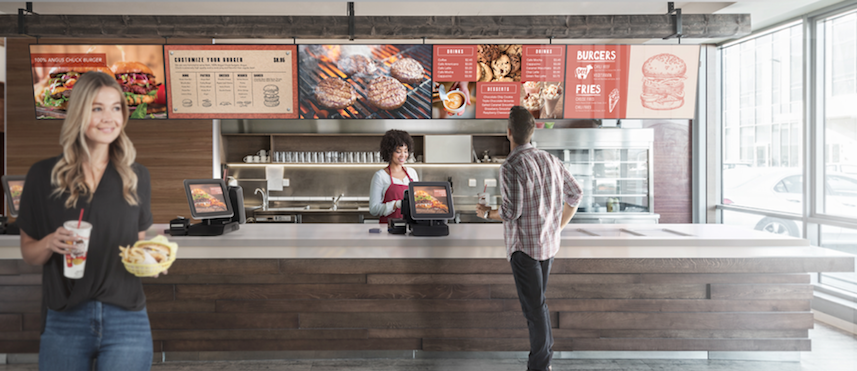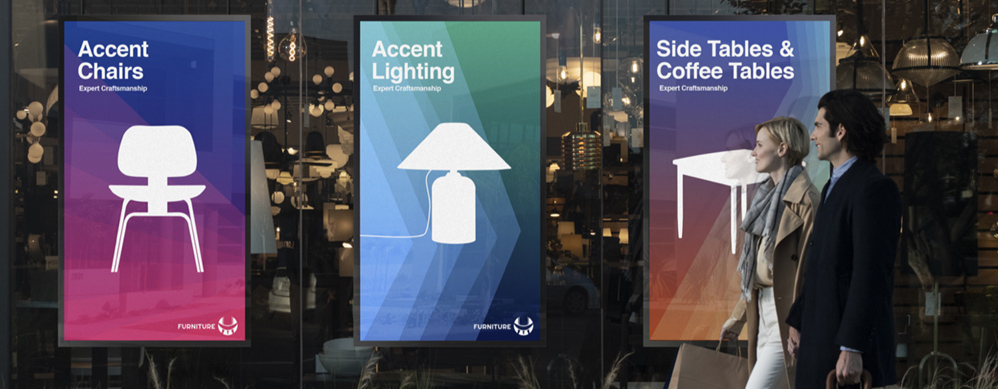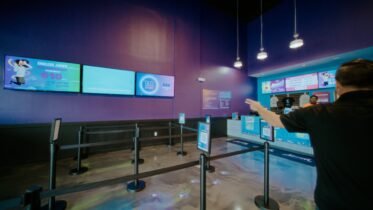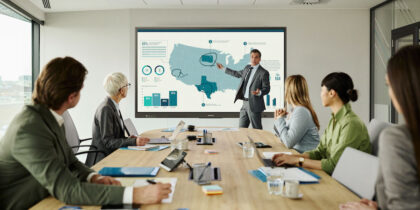Quick service restaurants (QSRs) that take their menus digital see major boosts in their bottom line through added sales and reduced operating costs.
Making the right choices before screens and related technologies are even ordered can go a long way toward ensuring success in sales, order sizes and transaction speeds. Here are some important factors that decision makers — whether in store merchandising or IT — need to consider when planning to add digital displays to food services environments.
Remote Management Capabilities
The key to display management is ensuring the playout hardware, as well as the media control software, have the connectors, protocols and applications in place to let operators know when screens and players develop issues. Good software platforms have remote management reporting tools that tell operators when connectivity has dropped if a player has stalled out or a screen has been turned off.
Digital Transformation Solutions for Retail
Many software platforms have tools that automatically manage processes such as reboots, and force screens back on when they’re turned off. They also allow technical support specialists to remotely log in to a set of players and displays and quickly resolve outages, without requiring costly and time-consuming field service visits.
These capabilities are particularly important for managing signage and displays in medium- and large-scale food service operations. Menus appear on centrally scheduled and controlled screens and local managers and their staff have little or no control over the screen technology. Busy order-counter staff may not even notice a screen is not working or performing as intended.
In the food service business, when menus aren’t showing up, orders aren’t being made. Those screens are mission-critical and need the tools to ensure 99.99 percent uptime.
Environmental Conditions
Every restaurateur knows that day-to-day operations, both front of house and back of house, generate a lot of dust and grime. That can be particularly true with operations using oil fryers, or involving a lot of easily airborne material like flour. No matter how good the clean-up job is at ends of shifts, material will find its way to the screens and media players.
Equipment that requires fans for cooling are at constant risk of clogging and locking up, causing failure. That’s because those fans are also pulling in airborne particles like grease that build up on fan blades, filters and other exposed elements.
Using solid state equipment like all-in-one smart signage displays that passively dissipate heat greatly reduces the risk of outages. But even then, operators should be thinking about cleaning and servicing their display equipment just as they do for other mission-critical equipment around the stores.
Sunlight
Bright, sun-filled dining areas are attractive to guests, but all that natural light from floor-to-ceiling windows can impact the visibility of the menu and promotional screens at the order counters.
Behind-counter screens placed high enough to tilt down may be unaffected by glare, or the displays may be deep enough into the store to avoid full sunlight. But in cases where the sun can fill a space throughout the daytime, potential screen visibility issues can be counteracted through tweaks to the architectural design or by using high-brightness displays that have the lighting power to cut through even direct sunlight.
Sunlight is a particularly challenging issue for outdoor displays used as presell promotional screens in drive-through lanes and menu displays at the order station. Samsung manufactures daylight-readable displays as finished, lane-ready units as well as open-frame displays ready to be retrofitted in previously analog presell and menu fixtures.
Screen Sizes and Sightlines
Operators should determine how many items have to appear on their screens, and what information is tied to them. Item name and price are obvious inclusions, but depending on the location, legislation may require additional information like calorie counts or items listed in multiple languages.
Squeezing a lot of information into a finite space tends to demand reduced font sizes, which can directly impact visibility in order queues. QSR operators sometimes make the mistake of turning their menus into eye charts that only the people at the front of the queue can fully read.
There are two workarounds. First, use larger screens or add more screens for more expansive visual real estate. Second, menu items in all-day restaurants can vary, and the breakfast items that are available all day on printed materials can be scheduled to disappear midmorning, replaced by different order options.
Get your complete guide to planning, budgeting and executing a successful digital signage project. Looking to improve the efficiency of your fast casual establishment? See why modern screen solutions put the “quick” and “service” in “QSR.”









